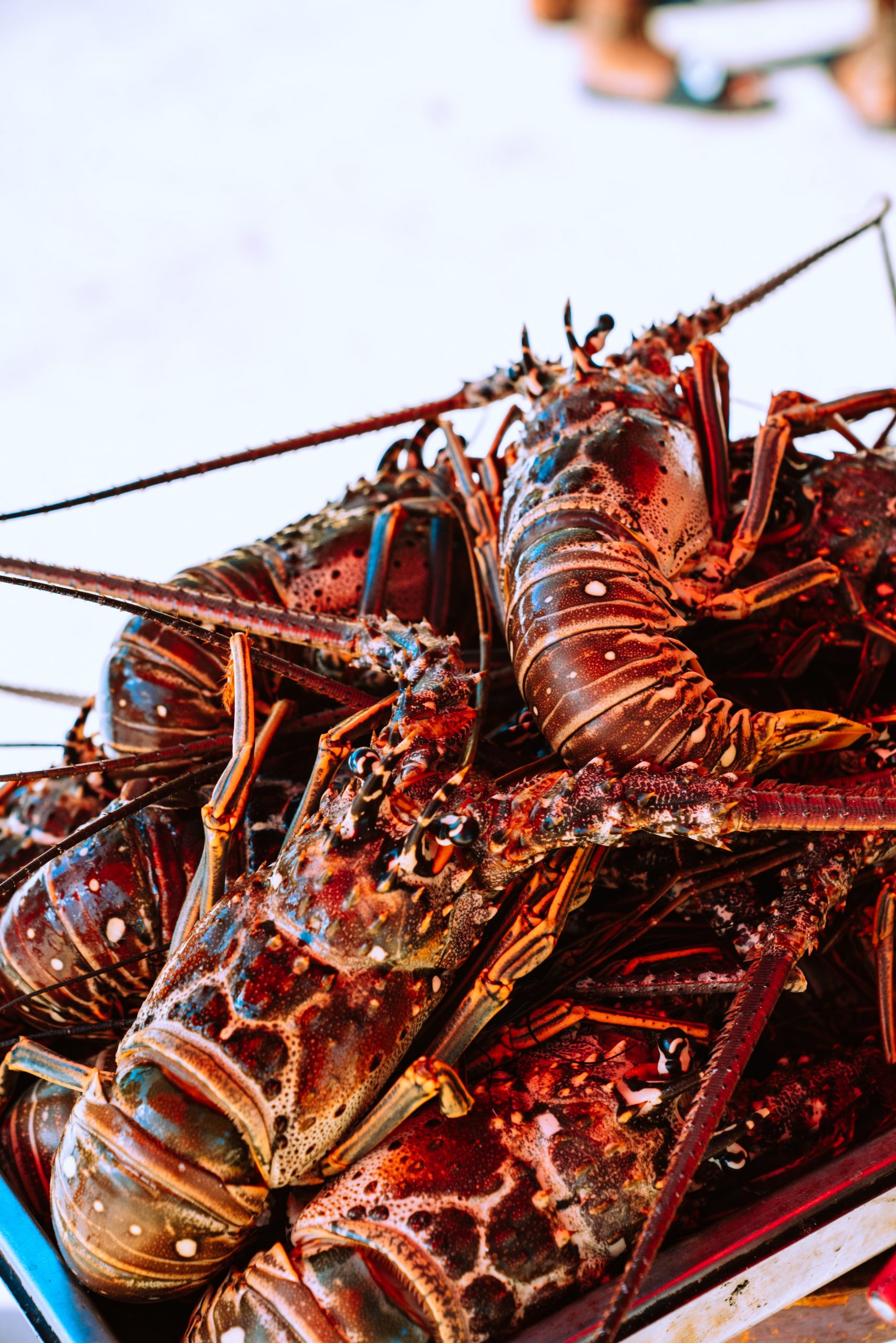Introduction: Last March I posted a top-5 list from the Benthic Ecology Meeting, a conference dominated by east coast marine ecologists. Eight months later I headed west to see what was happening with west coast marine ecologists at the annual Western Society of Naturalists (WSN) meeting.
A whirlwind few days in Sacramento, CA were spent running between talks, bidding on absurd auction items, and waiting (not-so-patiently) for coffee. These conferences provide an opportunity to see what is happening within the realm of marine ecology. Talks were focused on climate change, fisheries, community ecology, and an entire section dedicated to sea star wasting disease (Fig. 1)!

Rather than focus on just the talks, I am going to focus on the biggest takeaways from this meeting giving a glimpse into the state of marine ecology.
1. PUSHING POLICY: The theme throughout much of WSN 2015 was life and science outside of academia. The first night featured a guest panel dedicated to discussing career pursuits outside of a university setting. Students got the opportunity to see how their experience in science would be beneficial working in policy and consulting among other fields (Fig. 2). Many of the opening talks were dedicated to the goal of applying science, something that will be critical in combating climate change.

Many ecologists, myself included, focus mostly in the theoretical realm. This means that we create theoretical scenarios and we use our results to make inferences. But as climate change threatens to alter ecosystems we need to take this work out of the theoretical realm and move it into the applied realm. Applying our data is critical for helping managers and policy makers take the appropriate action and actually put into practice what we do (Fig. 3).

2. THE CLIMATE IS ALREADY CHANGING: Most of us, when we think of climate change, still think of it as something that is going to happen in the future. However, we need to realize that we are already in the middle of it. On the west coast, marine organisms are already facing acidification conditions due to the upwelling of colder, CO2-rich water (Fig. 4). Upwelling is a process that occurs along many coasts where winds along the surf push warm surface waters out and the water is replaced by colder water from the depths. Over the course of the 20th century we have seen rising CO2 conditions and have recently passed the 400ppm mark. Much of the high-CO2, acidified water is heavier and as a result lives at lower depths in the water column. However, some were quick to point out that the worst is yet to come. Ocean currents take a long time to travel the globe, for example, surface waters around Japan in the 1960s sank and started making it’s way towards the California coast. That water is the water currently being upwelled along the west coast of the US. So that means that water from the year 2000, which would have a higher CO2 content, has yet to even make it halfway across the pacific!

3. SPECIES ARE ON THE MOVE: With the help of some amazing mathematical models and data ocean species survey data, scientists can predict where species are and how they are going to move if climate changes. Dr. Ben Halpern (University of California, Santa Barabara) presented some work done on this topic pinpointing where sources and sinks are for species movements (Fig. 5). Basically, species that live near the equator or on a poleward facing coast are likely to move, making these zones sources for species movement. Habitats that face towards the equator (so if the habitat is in the northern hemisphere and faces south towards the equator) are going to act as sinks for species movements. Interestingly, his work shows that these shifts in species assemblages and movement patterns actually increase biodiversity! This happens because most species are able to expand their ranges.

Side Note: COLLABORATE AND COMMUNICATE! If we are serious about tackling the problems associated with a changing climate, we need to collaborate. The west coast states have done an amazing job setting up research and data monitoring networks creating an acronym army. These groups share data, equipment, and ideas. They collaborate on science and on creating policy recommendations. Alone, we cannot solve global problems!
As always, I left this conference reinvigorated and ready to further pursue the most important and interesting questions in marine ecology. I got a chance to step outside of my east coast bubble and gain some necessary perspective, something critical for all those involved in scientific research.
Postdoctoral Researcher, Claremont McKenna College
I am currently a postdoc at Keck Sciences, Claremont McKenna College. I work with Dr. Sarah Gilman, measuring and modeling energy budgets in intertidal species. I am a climate scientist and marine community ecologist and my PhD (University of Rhode Island) focused on how ocean acidification and eutrophication, alters coastal trophic interactions and species assemblages.
I love bad jokes and good beer.


